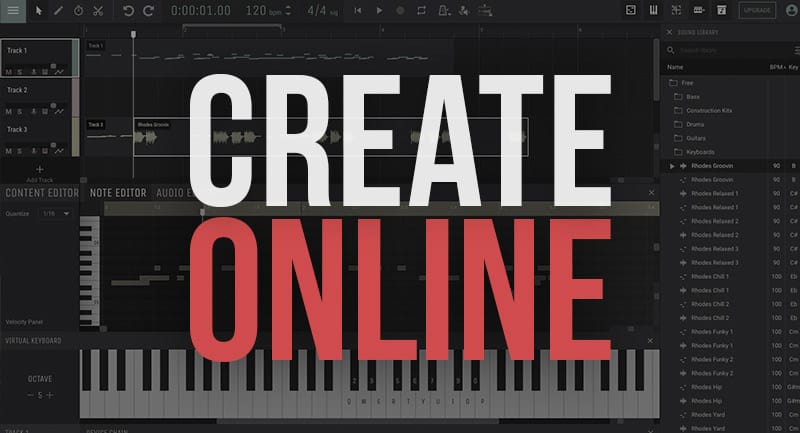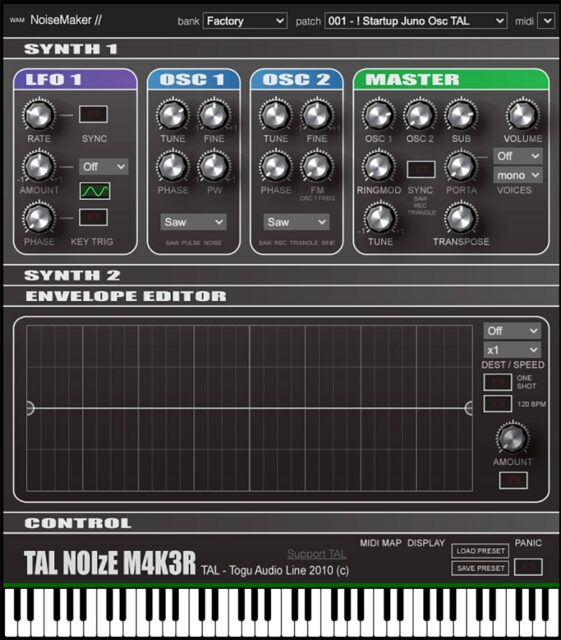
KeyboardTo set up your own custom layout of black and white keys on the piano roll of the midi editor.microtonal scales to be intuitively visualized, and their tuning to be dynamically. For sound examples of the Fokker organ, go to the CD-page. 4 Comments.The other console with the 31-tone keyboards is 'the console looking to the future.' The organ was removed from the museum in 2000, then stored at the organ builder and renovated from 2008 to 2009 and built up again in the BAM Zaal of the Muziekgebouw aan t IJ. If anyone knows a trick for this let me know. 219 Bloomington, MN 55438-1188 USA Tel: 1-61/E-Mail: hfortuindelphi.com ABSTRACT: The Clavette, designed by Harold Fortuin, was built in 1994 thanks to support from the Institute of Sonology and STEIM in the Netherlands.If you do microtonal music, and you're using more than 12 notes per octave, I've figured out a wayMicrotonal keyboard in Audiotool Any way I could emulate a microtonal keyboard in auditool My only real work around at the moment is using micro tuning and two synths, as I can not change tuning over two octaves obviously. Page 223 &239 The Clavette: A Generalized Microtonal MIDI Keyboard Controller Harold Fortuin Institute of Sonology 6901 West 84th St., Apt.
Then go to File and choose Customize Note Names / Save NoteNames To File. HitTab to go on to the next key. Then double-right-click a note on the far leftOf the edit window (where the black and white keys were) to rename it. In the newMenu, go to View and choose Mode: Named Notes. For example the 3rd option should change from View to Navigate. The Reaper menu on topShould change.

If your keyboard has midi notes 21-108 (standard 88 keys), you canDelete lines 0-20 and 109-127. I edited the noteNumbers to run 0-127. I did an octave this way in Reaper.Then I saved the file and used TextEdit to cut and paste more octaves. I used underscores to make the noteNames on the white keys line up with the black key names. Here's how toDo special characters on a mac, don't know about a PC:Once I got one block character in, I cut and pasted it.
CCs of course include foot pedals, the mod wheel, etc. You choose which keys or CCs when you configure alt-tuner for your midi setup. Many possibilities! The textFiles I used for the screenshots are here:Alt-tuner changes scales upon receiving certain keyswitches or CCs. The last one hasShort keys of just 1 block, so you can choose View / Piano Roll Notes / Show Note Names OnNotes and directly see which notes are the black key notes.You could use gray block characters to get three colors or more. Less to scroll through.The first 2 screenshots have long black keys made of 6 block characters.
To D), or 3) changing just one note of the scale. Up or down a 5th) or modulating to a specific note (e.g. If for some reason you needed to use PCs instead of keyswitches or CCs, I would simply write a small jesusonic effect for you that would convert any PC to any CC.The scale changes can be 1) switching among various scales you've set up ahead of time, or 2) keeping the same scale but centering it on a new tonal center, either modulating by a specific interval (e.g.

For example, say you want to play a C chord, then play an F chord, and the C note that is common to both keeps sounding. You are obviously limited to 16 configs in this case and you can face “stuck notes” when switching instruments."So this would only work if there are no notes sounding when you switch synths, otherwise you would have problems with hanging and/or muted notes. So you could have as many scales as you wish, in parallel, then switch between them."For MIDI, you can simply route the input track to other tracks containing VSTis: nothing is muted but one instrument is being played at a time thanks to distinct MIDI channels. So ZynAddSubFX would be fairly easy to retune, as would be Kontakt and PianoTeq.Regarding most flexible usage with ZynAddSubFX would be just using multiple instances then Live Configs for switching among instances via program change.

This trick doesn't require alt-tuner.Alt-tuner doesn't read. It can't change Reaper's appearance.To be clear: the original post in this thread is just a trick I came up with to make the notes in the midi editor look microtonal, using an existing feature of Reaper. It's not an extension like SWS.
There's a lot of graphics that show note names, JI ratios, EDO degrees, cents offset from standard tuning, cents between notes, etc. Once the scale options are set up, you can use footpedals and keyswitches to retune as you play. This is a very speedy process, probably faster than scrolling through your list of scala files would be.
To modulate to the key of F, you just alt-click on the F note in the lattice. To go to 53-tet, you just drag a slider to 53. You don't have to muck around with typing numbers into. Instead of typing "dir C:/datafiles" and "copy C:/datafiles/myfile.dat C:/invoices/", nowadays you can just drag files from one window to another, much easier.Alt-tuner represents a similar advance in microtonal software. It's like the difference between modern computers running Windows or OS X, and ancient computers from the 90s using MS-DOS or CP/M. You're clicking and dragging, not typing.


 0 kommentar(er)
0 kommentar(er)
